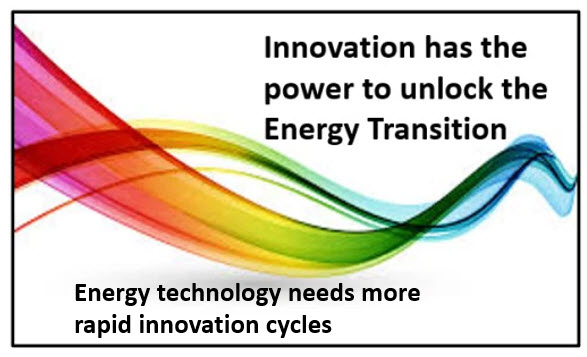
I wrote a mini-series of three posts to introduce a radical concept that envisions the energy transition as a living, evolving entity that bridges technology and nature, sparking profound shifts in how communities generate, consume, and perceive energy.
It aims to trigger innovation engagement and activation strategies to change the energy transition dynamics within a community setting, offering decentralized community energy.
It focuses on the community in a decentralized way for its energy. It challenges established norms and prompts a complete reimagining of our relationship with energy and the environment through innovation, creativity and ecosystem thinking and design.
Imagine transforming the energy transition into a holistic ecosystem of interconnected businesses, each contributing unique value to accelerate sustainable energy adoption.
The links to take you to the sites where you can read the proposed solution are at the bottom of this post.
Introducing the Energy Transition Nexus: A Living Energy Organism” that challenges the Conventional Approach to the Energy Transition
Continue reading “Envision Energy in living, evolving communities that challenge conventional wisdom.”









